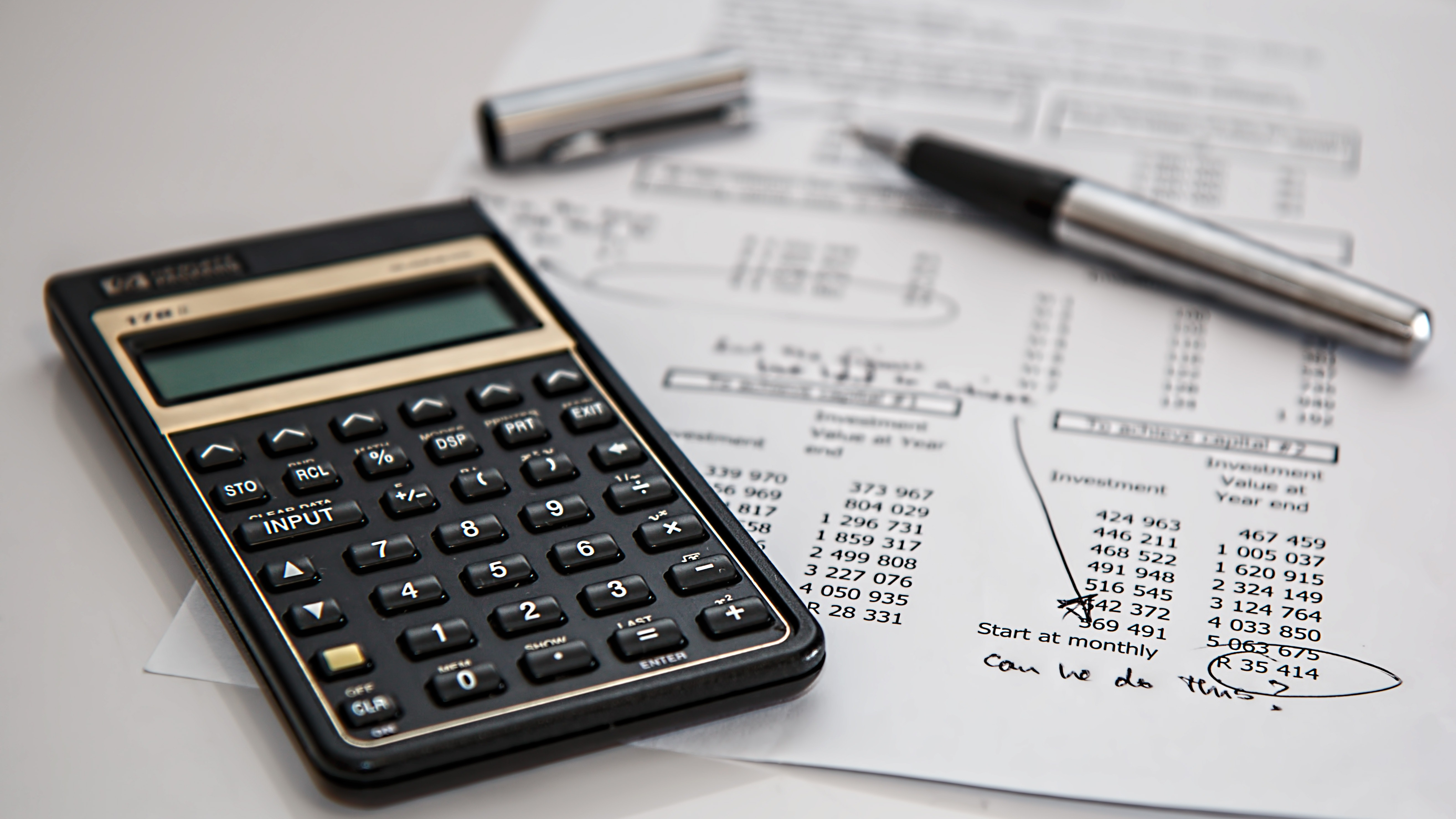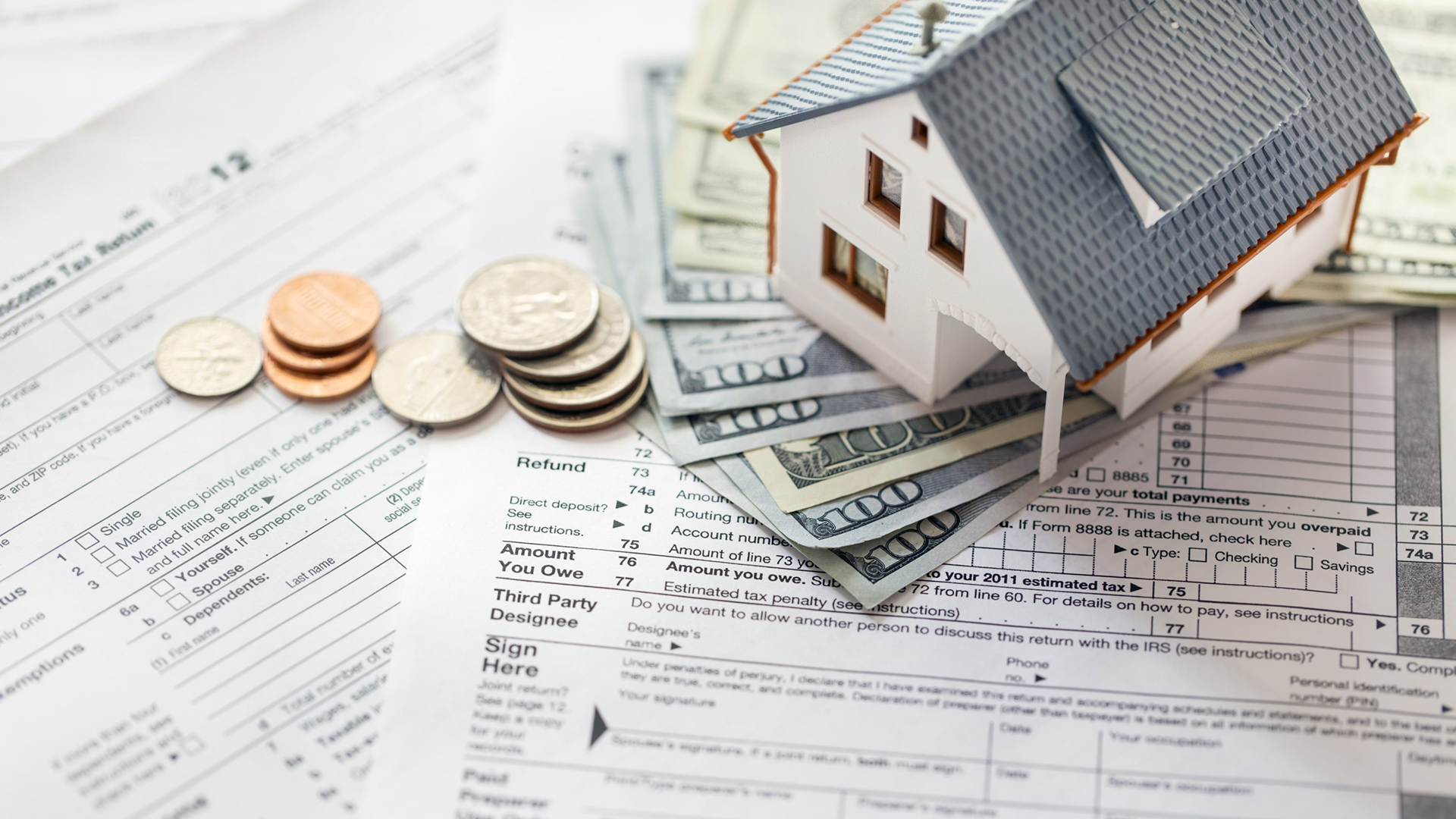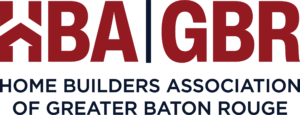
Over the first four months of 2020 – and at the onset of the impact of the coronavirus, total single-family permits issued year-to-date (YTD) nationwide reached 283,344. On a year-over-year (YoY) basis, this is an 8.5% increase over the April 2019 level of 261,119.
Year-to-date ending in April, single-family permits across the four regions ranging from an increase of 11.5% in the South to a decline of 0.6% in the Northeast. In multifamily permits, except for the West (+2.1%), all other regions reported declines – Northeast (-13.4%), Midwest (-13.4%) and the South (-2.8).
Between April 2019 YTD and April 2020 YTD, 35 states saw growth in single-family permits issued while 15 states and the District of Columbia registered a decline. South Dakota recorded the highest growth rate during this time at 35.9% from 588 to 799, while single-family permits in the District of Columbia declined by 70.5%, from 95 in 2019 to 28 in 2020. The 10 states issuing the highest number of single-family permits combined accounted for 63.5% of the total single-family permits issued.
Year-to-date, ending in April 2020, the total number of multifamily permits issued nationwide reached 143,194. This is 4.5% decline over the April 2019 level of 149,921.
Between April 2019 YTD and April 2020 YTD, 23 states recorded growth while 27 states and the District of Columbia recorded a decline in multifamily permits. North Dakota led the way with a sharp rise (837.1%) in multifamily permits from 35 to 328, while Michigan had the largest decline of 60.5% from 2,346 to 927. The 10 states issuing the highest number of multifamily permits combined accounted for 65.0% of the multifamily permits issued.






 In a surprisingly positive reading for the labor market, recent jobs data from the Bureau of Labor Statistics reported the
In a surprisingly positive reading for the labor market, recent jobs data from the Bureau of Labor Statistics reported the 











